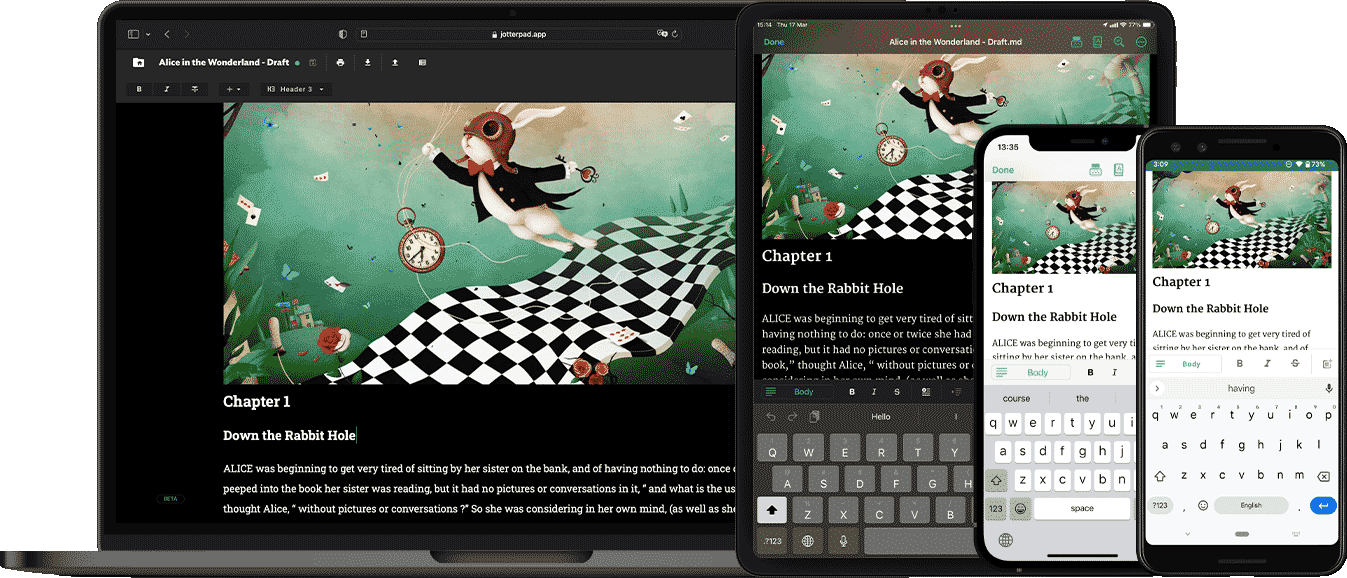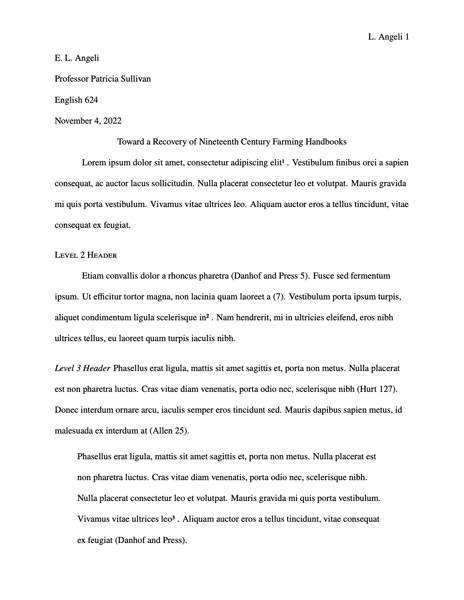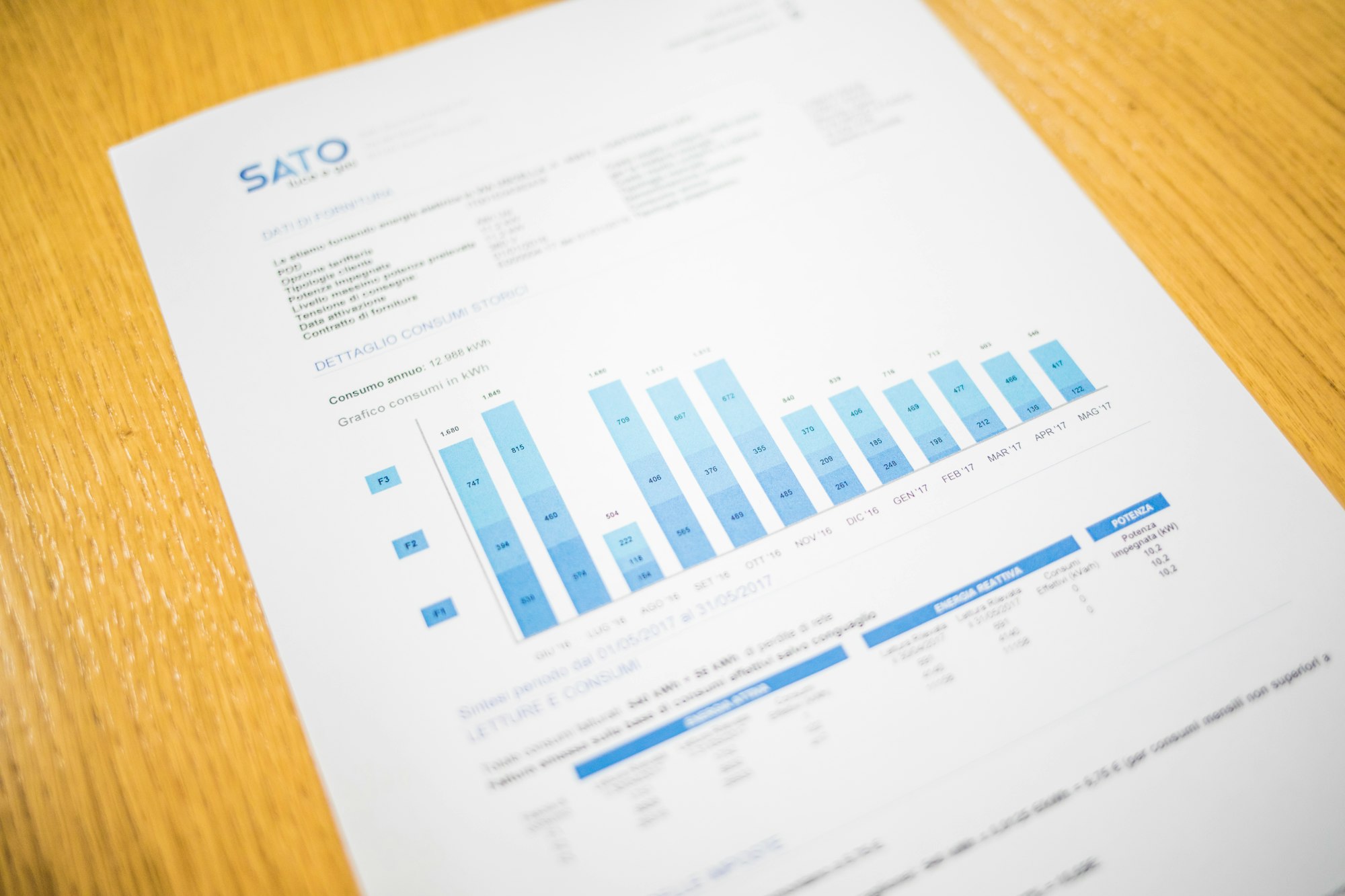The need to be aware of the almost endless looking list of formatting requirements that abide by professional research paper publication standards may seem daunting. But fret not, details about elements such as font size, line-spacing, page numbering, titling, font, headers, foot notes, endnotes, the contents page, bibliography and resources, and so are covered in official MLA formatting guidelines for you to be able to reference.
If you are unfamiliar with writing research papers, it can be daunting to get everything organized. Breaking down the MLA paper format into its components makes it simpler to understand. Read on to find discover how to structure your paper, create a cover page, headings, headers, tables, and figures in an MLA paper.

What is MLA Formatting?
MLA formatting is a style guide widely used for writing and documenting research in the Humanities, such as English, Literature, and History. MLA formatting provides guidelines for citing sources and formatting the layout of a paper, including standardizing font size, line spacing, paper margins, page numbers, and in-text citations.
It also provides guidelines for creating a works cited page at the end of the paper. It also ensures that your research paper is readable, and has all of the necessary academic elements. This promotes scientific communication by providing clarity of expression and standardizes the organization of academic papers. Formal and thorough citation also makes sure that you do not face plagiarism issues, and allows your readers to get a good understanding of where you got your information.
General MLA Guidelines
To some extent, the MLA style formatting guidelines are flexible. This is one of the contributing factors of its popularity and why people choose to adopt it for their school assignments and college research papers. However, while MLA is flexible, it still has a few formatting rules that need to adhered to. The fundamental break down for formatting an MLA paper includes:
- Using standard 8.5 x 11 white paper
- Numbering your pages
- 1-inch margins (all sides)
- Using a readable font
- Double-spacing your writing
- Indenting new paragraphs
- Inserting a space between sentences
MLA Template
JotterPad's MLA Markdown Template can serve as an efficient and effective bedrock to keep your MLA formatting in check for you while you work on your paper. This template follows the formatting margins of the 9th Edition of the MLA citation style. While it converts Markdown into MLA formatting, characteristic MLA formatting elements such as the titles, page numbers with the author's name, formatted headers, footnotes, endnotes will also be taken care of while you work on your content.

This Markdown template is also equipped with the BibTex Citation Management tool. This tool allows you to add, manage, edit and print your citations and bibliography. It helps to effectively organize your references and citations in your work, without the hassle of needed to manually input and alter your references.

Cover Page
While MLA papers don’t usually require a cover page, your teachers or mentors may ask for you to include one in your research paper. An MLA cover page includes a few things such as:
- Your university or school’s name
- The title of your paper
- Your paper's subtitle, if you have one
- Your full name
- Your course name and number, if you require it
- Your professor or teacher's name
- The submission date of your paper
All of the above information should be centered on your cover page. Your school or university's name should be placed at the top, and the title in the middle. Your name, course, professor's name, and due date are placed toward the bottom.
Paper Heading
MLA papers, more than a cover page, typically have a heading and title on the first page. The MLA heading and title include your name, your teacher's name, course name, and date aligned to the left.
The title is centered before you start the body of your paper. Additionally, each page of your paper has a running header with your name and the page number, including the "Works Cited" page.
MLA Body Formatting
In the body of your paper, the MLA guidelines offer recommendations when it comes to fonts, spacing, formatting, numbers, and abbreviations.
Font
MLA formatting recommends that you use a font that is easy to read and distinguishes regular and italicized text; like Arial or Times New Roman. Additionally, use a standard font size like 11 or 12 point.

Spacing
For the spacing and formatting of MLA papers, use double spacing throughout the entire body and the "Works Cited" page. Make sure your text is left-justified, so the right margin has a ragged edge. It’s also vital to indent every new paragraph five spaces by hitting the tab on your keyboard. To keep everything neat and tidy, follow the standard punctuation rules for commas and periods.
Numbering
MLA formatting clarifies when you should use Arabic and Roman numerals and when to spell out the numbers or just use the Arabic form.
For example, if you can spell a number out in a few words, go for it. However, if you need a whole sentence, it’s better to stick with Arabic numerals for longer numbers in the millions or thousands-ranges.
Abbreviations
Abbreviations are common in the list of works cited and in-text citations, although less common in the text of a paper. The MLA Handbook offers guidance on the use of abbreviations, and they include the following:
- Write an abbreviation in full the first time you use it, with the abbreviation in brackets next to the full name.
- Do not use full stops or spaces between letters in an abbreviation that is made up of primarily of capital letters.
- Place a full stop and a space between each initial in a person's name that includes a full surname.
- Do not use full stops or spaces between names that are entirely made up of initials.
- Do not put a space after a full stop in abbreviations that are made up of lowercase letters, where each letter represents a word.
- The names of months that are longer than four letters are abbreviated as follows: Jan., Feb., Mar., Apr., Aug., Sept., Oct., Nov., Dec.
Formatting Tables
MLA guidelines do not restrict you with regards to the number of tables you can include in your paper. However, do keep in mind the following,
- Label “Table” is flushed left, followed by an Arabic numeral.
- The title is flushed left under Table in the title case.
- Give the source of your table directly below the table. It needs to be flushed left and include a hanging indent for information that goes into a second line. Additionally, all the information should be double spaced.
- Use a dividing line to separate the source from the table.
Formatting Figures
The MLA format is well-suited for Arts, and Language topic papers. This makes images, illustrations, and maps a likely part of your paper. Formatting an image in MLA is similar to a table, but there are a few distinctions in formatting.
- Label “Fig.” followed by an Arabic numeral is placed directly under the image.
- Right next to the label will be the caption.
- The caption can include source information, and then it doesn’t have to be cited in the text.

MLA Citations
In-Text Citations
In MLA Style, quoting or referencing other works in your text is done using parenthetical citations. This method involves providing relevant source information in parentheses whenever a sentence uses a quotation or paraphrases.
MLA format follows the "author-page" method of in-text citation. This refers to the author's last name and the page number(s) from which the quotation or paraphrase is taken appearing in the text. A complete reference should also appear on your "Works Cited" page at the end of your paper.
The author's name may appear either in the sentence itself or in parentheses following the quotation or paraphrase, but the page number(s) should always appear in the parentheses, and not in the text of your sentence.
Works Cited Page
All resources that were cited in the paper would need to appear at the end of your paper. The list of citations should be the last page of a research essay. The top of the page should include the running head and the page number of the paper as well. Write the word “Works Cited” on the first line in the center of the page with no quotes). List your sources and flush them to the left. Alphabetize your sources (A-Z) by last name. References longer than one line should be formatted with hanging indentation. The entire page should also be double spaced.
The general structure for full references follows the following format:
- Author’s Last name, Author’s First name. “Title of Source.”* Title of Container, Names of other contributors along and their specific roles, version of the source any key numbers associated with the source that aren’t dates (such as journal issue numbers or volume numbers), Name of the Publisher, publication date, location (such as the URL or page numbers).
Here are some MLA guidelines for citing periodicals, websites, and books on your "Works Cited" page at the end of your research paper:
- Periodical (journals, magazines, newspapers, newsletters): Last Name, First Name, and First Name Last Name. “Article Title.” Journal Title. Volume.Issue (Year): pages. Medium. Date of Access (if retrieved online).
- Website: Contributor’s Name(s) (same format as above). "Title of Resource." Title of Web Site. Sponsor, Last Edited Date. Web. Date of Access. Note: The contributor can be an author, editor, or organization.
- Book: Last Name, First Name. Title of Book. City of Publication: Publisher, Year. Medium.
Footnotes & Endnotes
Long-winding explanatory notes can break the flow of reading or be of distraction to readers. This has caused a few academic style guidelines like the American Psychological Association to recommend the limited use of endnotes or footnotes. However, some publishers still do encourage or require note references in lieu of parenthetical references.
While MLA also discourages the extensive use of explanatory notes, it does allow you to use endnotes or footnotes for bibliographic notes. This refers to other publications your readers may wish to consult. Bibliographic notes can help readers keep their focus by decluttering text. Some of the predominant reasons why bibliographic notes are added include:
- To cite a lengthy string of sources
- To explain an unusual documentation practice
- To flag editions and translations that have been used
You can also use endnotes or footnotes for occasional explanatory notes, or content notes, which refer to brief additional information that might be too digressive for the main text. Explanatory notes are added for the following reasons:
- To amplify
- To explain choice of words
- To justify the scope of your study
- To provide more examples, or counter-examples
- To identify authors whose names appear as et al. in documentation
- To acknowledge
To include a footnote or endnote, add a superscript number at the end of the sentence the footnote or endnote refers to. They can be included mid-sentence if necessary, but be sure to add it after any punctuation, such as commas or periods.
Putting together a well-organized research paper and managing your content would be a little less distressing with a good understanding of the MLA formatting elements that can come from sources like this article, and a whole host of other online resources. Using templates like JotterPad's MLA template and tools like the in-built BibTex Citation Managment tool or plugin can further aid you in your writing by serving as bedrocks for you to work with. These tools allow you to shift your focus to the actual writing, instead of having to worry too much about the formatting aspect of it.
Referencing these MLA guides and approaching your mentors and advisors for help would be beneficiary in your process. With conscientious referencing and more practice, writing in MLA style will be a breeze.

